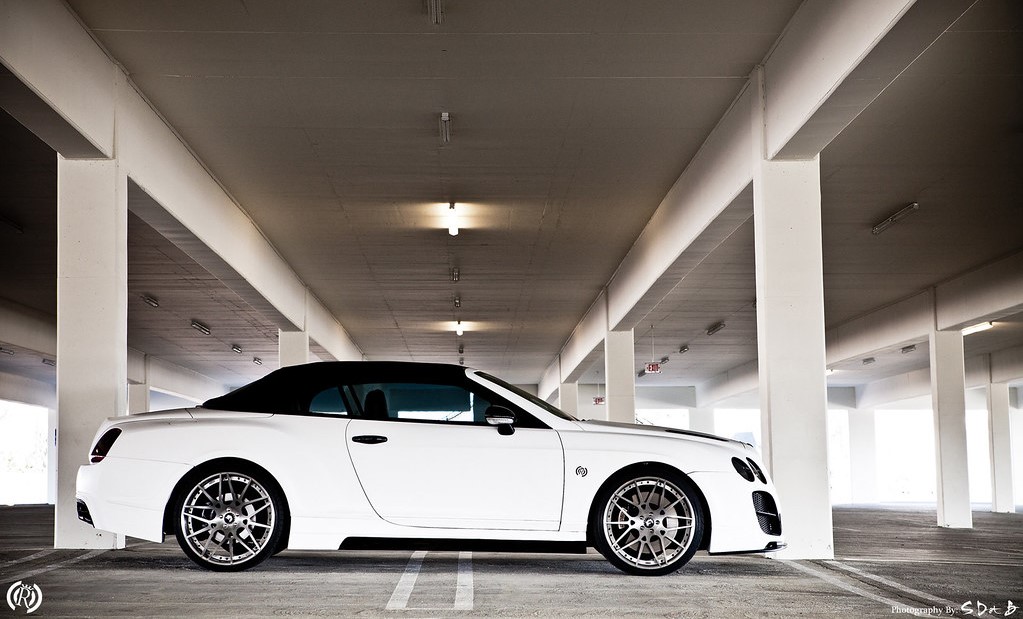Introduction
In the realm of automotive engineering, vehicle aerodynamics and design play a pivotal role in shaping not only the aesthetic appeal of cars but also their performance, fuel efficiency, and overall functionality. From the sleek curves of a sports car to the streamlined contours of a hybrid sedan, every aspect of a vehicle’s exterior is carefully crafted to optimize airflow and minimize resistance. In this comprehensive exploration, we delve into the intricacies of vehicle aerodynamics and design, uncovering the principles, technologies, and innovations that drive this fascinating field forward.
Fundamentals of Vehicle Aerodynamics
At its core, aerodynamics is the study of how air interacts with objects in motion. For automobiles, aerodynamic principles dictate how efficiently air flows around the vehicle, reducing drag and improving stability. Key elements that influence aerodynamic performance include the shape of the vehicle’s body, the angle of its surfaces, and the placement of features such as spoilers, diffusers, and air dams.
The Shape of Efficiency: Streamlining the Body
One of the fundamental goals of automotive design is to minimize aerodynamic drag, which is the resistance encountered by a vehicle as it moves through the air. To achieve this, engineers strive to create streamlined shapes that allow air to flow smoothly over and around the vehicle. Streamlining involves reducing sharp edges, smoothing out contours, and minimizing protrusions that could disrupt airflow.
The role of Computational Fluid Dynamics (CFD)
In modern automotive design, Computational Fluid Dynamics (CFD) has emerged as a powerful tool for simulating and optimizing aerodynamic performance. By using complex algorithms to model airflow patterns, engineers can analyze the impact of different design elements and make informed decisions to improve efficiency and performance. CFD simulations enable designers to test various configurations virtually, saving time and resources during the development process.
Optimizing Airflow: Spoilers, Diffusers, and Venturi Effects
In addition to the overall shape of the vehicle, specific aerodynamic features such as spoilers, diffusers, and venturi tunnels are strategically incorporated to enhance performance. Spoilers, typically found on the rear of high-performance vehicles, help reduce lift by disrupting airflow and increasing downforce. Diffusers, located underneath the vehicle, accelerate air velocity and create a low-pressure zone, improving stability and reducing drag. Venturi effects, which occur when airflow is constricted, create a suction force that enhances aerodynamic efficiency.
The Influence of Design on Aerodynamics
While aerodynamic performance is a critical consideration in vehicle design, aesthetics also play a significant role in shaping the final product. Designers must strike a delicate balance between form and function, ensuring that the vehicle not only looks visually appealing but also performs optimally in terms of aerodynamic efficiency. The iconic designs of legendary automotive brands reflect a blend of artistry and engineering prowess, where every curve and contour is meticulously crafted to evoke emotion and deliver performance.
Challenges and Innovations in Automotive Aerodynamics
Despite significant advancements in aerodynamic design, automotive engineers continue to face challenges in optimizing efficiency, especially as vehicles become more complex and diverse. Factors such as vehicle size, weight, and intended use can impact aerodynamic performance, requiring tailored solutions for different applications. Moreover, the rise of electric vehicles presents new considerations, as aerodynamics play a crucial role in extending range and maximizing battery efficiency.
Conclusion
In the ever-evolving landscape of automotive engineering, vehicle aerodynamics and design remain at the forefront of innovation and progress. From pioneering concepts to practical applications, the quest for optimal efficiency and performance drives continuous advancements in aerodynamic theory, computational modeling, and design aesthetics. As the automotive industry embraces new technologies and sustainability initiatives, the principles of aerodynamics will continue to shape the vehicles of tomorrow, ensuring a harmonious blend of form, function, and environmental responsibility.
FAQs
Q: How do aerodynamics impact fuel efficiency?
A: Aerodynamics influences fuel efficiency by reducing drag, which in turn decreases the amount of energy required to propel the vehicle forward. Vehicles with sleek, streamlined designs experience less air resistance and consume less fuel at higher speeds.
Q: What role do spoilers play in aerodynamics?
A: Spoilers are aerodynamic devices designed to disrupt airflow and reduce lift, particularly in high-performance vehicles. By redirecting airflow and increasing downforce, spoilers enhance stability and traction at high speeds, improving overall handling and performance.
Q: How are aerodynamics tested during vehicle development?
A: Aerodynamics are tested through a combination of wind tunnel testing and computational fluid dynamics (CFD) simulations. Wind tunnel testing involves subjecting scale models or full-scale vehicles to controlled airflow conditions to measure aerodynamic forces and identify areas for improvement. CFD simulations use computer algorithms to analyze airflow patterns and predict aerodynamic performance virtually.
In summary, vehicle aerodynamics and design represent a harmonious blend of art and science, where form and function converge to shape the cars of today and tomorrow. As automotive technology continues to evolve, so too will the principles of aerodynamics, driving innovation and efficiency across the industry.
